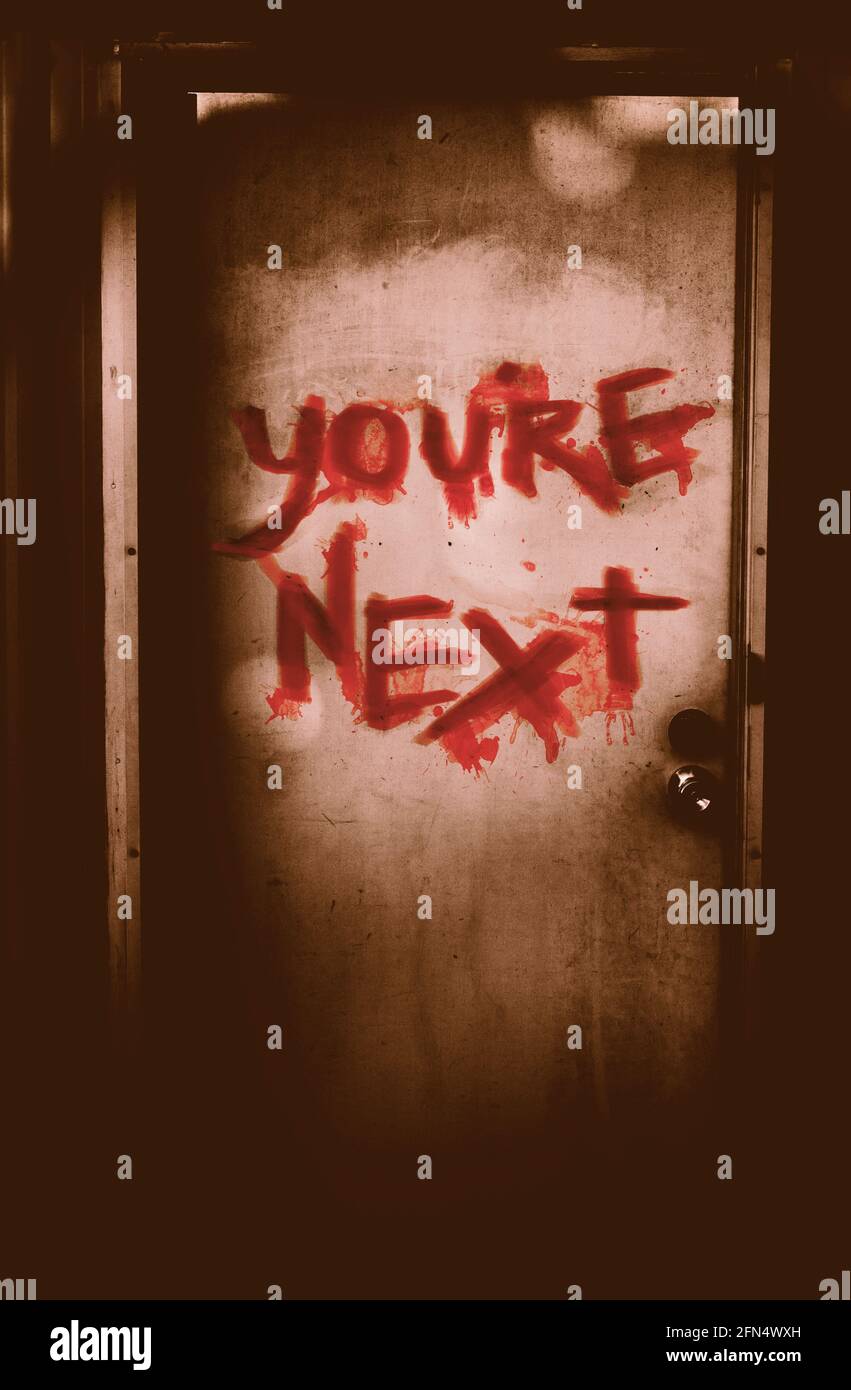
The only way out of parents' (and/or societal) control and expectations was death.

These were the ultimate teen rebellion songs. Some of the reasons suggested for this genre’s macabre popularity are: The question some writers have asked is “why?”. They sold well in their time, and the style has persisted throughout the decades in various forms. Įthnomusicologist Kirsten Zemke considers these songs as forming a strictly musical genre that was bound by common thematic tropes, musical style and production elements and as being of their time. In The Pussycats' 1966 "Dressed in Black", (co-written by George 'Shadow' Morton, and originally a Shangri-Las B-side) and in "We Don't Belong" by UK singer Sylvan (1965), the heartbreak and melancholy are palpable – and in Sylvan's case, nearly suicidal. Contemporary girl groups of the '60s also borrowed the genre's melodramatic template (as well as the use of sound effects, orchestration, echo and other sonic touches) for non-fatal but otherwise tragic story-songs, such as Reparata and the Delrons' over-the-top "Saturday Night Didn't Happen" and its B-side, "Panic", in 1968. Teenage tragedies had specific thematic tropes such as star-crossed lovers, reckless youth, eternal devotion, suicide, and despair over lost love along with lyrical elements that teens of the time could relate to their own lives – such as dating, motorcycles and automobiles (car songs also being popular during the 1950s), and disapproving parents or peers. Released just before 24-year-old actor James Dean's death in an automobile accident in the fall of 1955, it climbed the charts immediately afterward. The teen tragedy genre's popular era began with " Black Denim Trousers and Motorcycle Boots", written by Jerry Leiber and Mike Stoller. Prison ballads (such as the Kingston Trio's " Tom Dooley", based on a folk song about a real murder) and gunfighter ballads (such as Johnny Cash's " Don't Take Your Guns to Town" and Marty Robbins' " El Paso", the latter followed at #1 by two consecutive teenage tragedy songs, " Running Bear" and "Teen Angel"), with similar themes of death, were also popular during the heyday of teen tragedy songs. was embracing rock and roll, and the folk revival was also approaching its zenith – the narrative style of many teenage tragedy songs had similarities to folk balladry. The genre's popularity faded around 1965 (as a mostly American phenomenon, it was one of many musical formats that were drowned out by the British Invasion), but inspired a host of similar songs and parodies over the years.īy the mid-1950s, postwar youth culture in the U.S. Other examples include " Teen Angel" by Mark Dinning (1959), " Tell Laura I Love Her" by Ray Peterson (1960), " Ebony Eyes" by the Everly Brothers (1961), " Dead Man's Curve" by Jan and Dean (1964), and " Leader of the Pack" by the Shangri-Las (1964).

Often lamenting teenage death scenarios in melodramatic fashion, these songs were usually sung from the viewpoint of the dead person's sweetheart, as in " Last Kiss" (1961), or another witness to the tragedy, or the dead (or dying) person. Examples of the style are also known as " tear jerkers," " death discs" or " splatter platters", among other colorful sobriquets coined by DJs that then passed into vernacular as the songs became popular.

JSTOR ( August 2016) ( Learn how and when to remove this template message)Ī teenage tragedy song is a style of ballad in popular music that peaked in popularity in the late 1950s and early 1960s.Unsourced material may be challenged and removed.įind sources: "Teenage tragedy song" – news Please help improve this article by adding citations to reliable sources.

This article needs additional citations for verification.


 0 kommentar(er)
0 kommentar(er)
